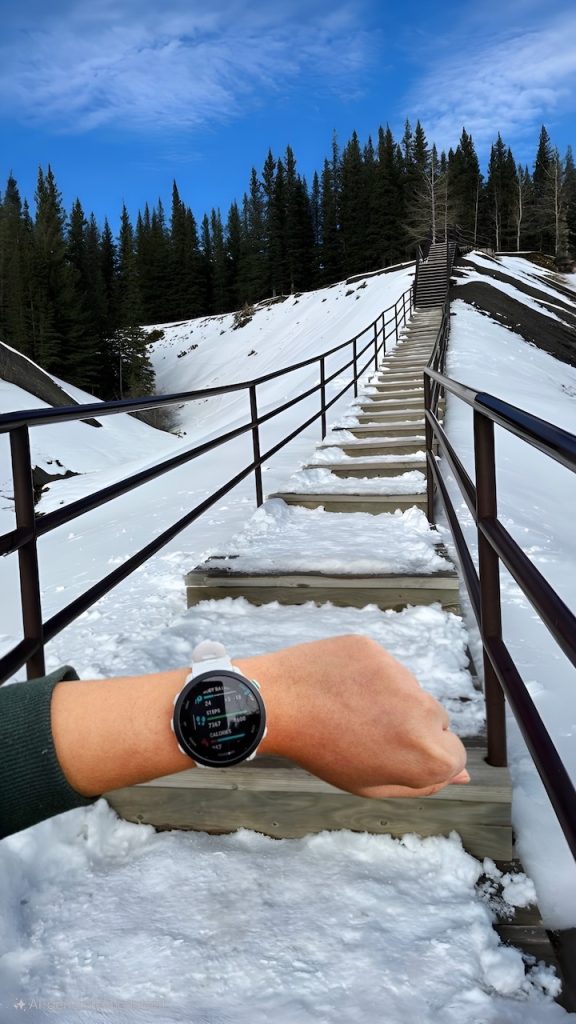Submission 2025
| Submitted by: | Ritika Sharma |
| Department: | |
| Faculty: | Rehabilitation Medicine |
For people living with Long COVID and Chronic Fatigue Syndrome (CFS), each day brings a fluctuating rhythm of energy, function, and fatigue—difficult to track, often dismissed, and rarely reflected in standard clinical assessments. ‘Bridging the MILES’ captures this reality: a snow-covered bridge stretches forward into uncertainty, symbolizing the long, unclear path that many patients walk each day. At the center of the image, a Garmin watch records health parameters like steps and heart rate—making visible what patients often struggle to articulate. My study is a sub-project of the MILES trial, which evaluates the impact of a mind-body program. While the parent trial focuses on improving health outcomes, my research provides an essential bridge between experience and evidence—collecting real-time, objective data using wearable sensors, to track how patients’ lives change, not just in theory, but in motion. This image reflects that promise: one step, one signal, one mile closer to understanding recovery.
Was your image created using Generative AI?
No.
How was your image created?
This image was taken on a quiet winter morning in Alberta, using a smartphone camera, in portrait mode. The setting—a long, snow-covered pedestrian bridge—was carefully chosen to symbolize the uncertain and often isolating journey faced by individuals living with Long COVID and CFS. I made some minor edits using Samsung’s built-in editing app, adjusting contrast and sharpness to enhance clarity.
Where is the image located?
Ram Falls Provincial Park, Alberta

